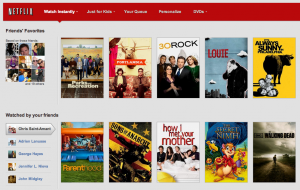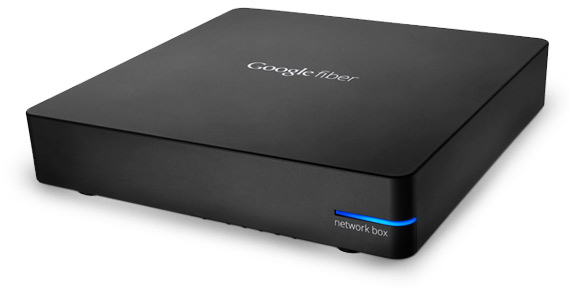As I mentioned in my last post, we have a difficult time finding software that works well for our jobs – and is within our budget. Event Management isn’t always viewed as Project Management and this affects the tools we have at our disposal. This class has gotten me thinking about a few different, and low cost, ways to organize our work.
I am not a sticky notes person. I am a clean desk, organized folders, constantly creating and editing my To Do list person. Sticky notes are cluttered and unorganized. However, as we talked about using sticky notes for managing work flow, I saw how many ways it could be helpful. Right now, we are planning the closing event for our successful $300 Million campaign, Many Dreams, One Mission, The Campaign for DePaul University. It is hard to keep all of the pieces top of mind, and remember who is responsible for what. Sticky notes help so much with this. We can move tasks around as one person gets too busy, or we find a better way to do something. It allows us to see patterns and to fit together work pieces that otherwise do not seem correlated.
We can also use Sticky Notes to place items in the program. We are frequently talking over who is speaking when, for how long, and in between what other elements in the event. Being able to put times on the notes, move them around, and adjust other elements really helps us be able to see how our decisions affect timing and over-all event flow. Also, it does not require us to create 15 versions of the event plan for everyone to look at and compare. This saves a lot of time on our end.
I was really surprised to find something like Sticky Notes, which I really don’t like in my normal activities, to be such a help to us.
In trying to find other options such as this – low cost but helpful, I did a little research. I found Scrumy! http://scrumy.com/ It is an online version of Sticky Notes! Yay. Now, I don’t have to have a cluttered up wall, but I can arrange and change my order of things just as easily. It is a cleaned up version for people like me!
I also found a ton of other uses for post it notes: http://www.projecttimes.com/kiron-bondale/post-it-notes-just-might-be-a-project-managers-best-tool.html and post it notes with a fancy name: http://leankit.com/kanban/why-use-kanban-boards/
I have to say, I really didn’t see myself find a use for post it notes, beyond the occasional one stuck to my phone with a number I can’t forget, or a message I attach to my computer as I am running out the door. I might have to put this on my next Staples order though. Post It Notes – you are going to revolutionize my life. Thank you 3M.




 There are many pros and cons of the renovation plan. Some thoughts that should be considered are the local businesses – will having more Wrigley restaurants and a hotel take away from local businesses? More importantly, how will the jumbotron affect the rooftops since they bring revenue to the owners and to the city as well?
There are many pros and cons of the renovation plan. Some thoughts that should be considered are the local businesses – will having more Wrigley restaurants and a hotel take away from local businesses? More importantly, how will the jumbotron affect the rooftops since they bring revenue to the owners and to the city as well?

